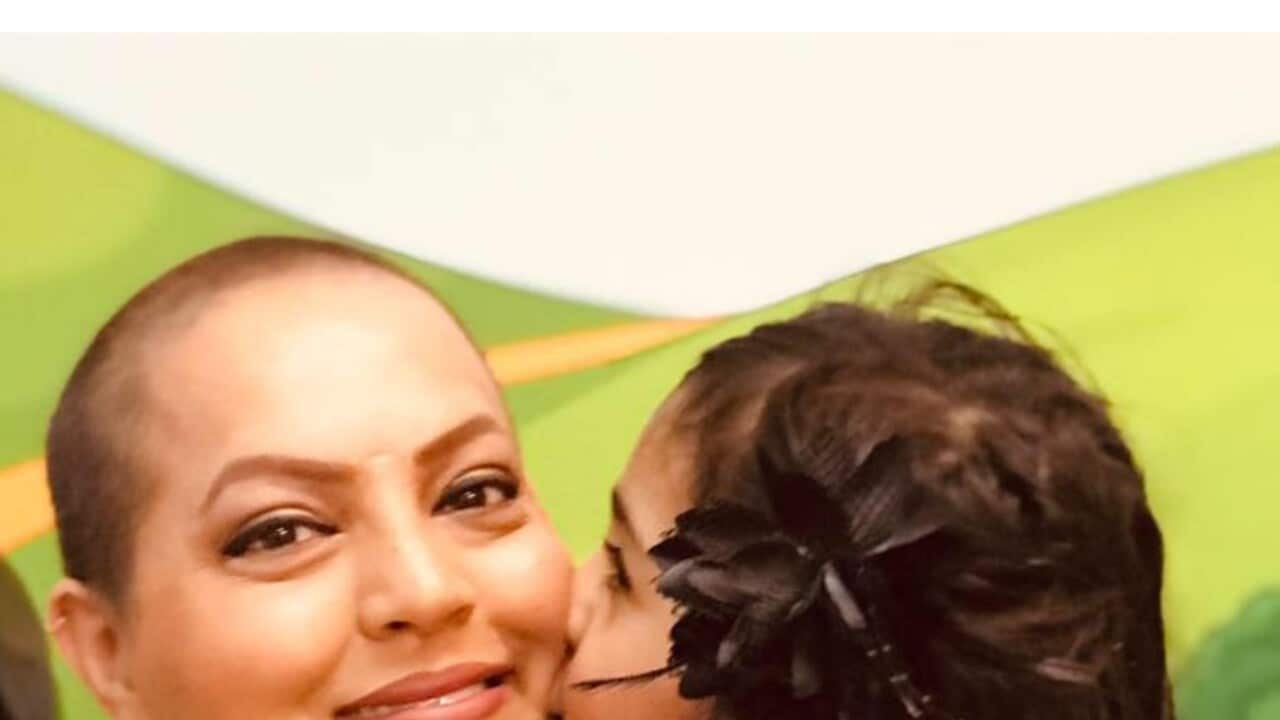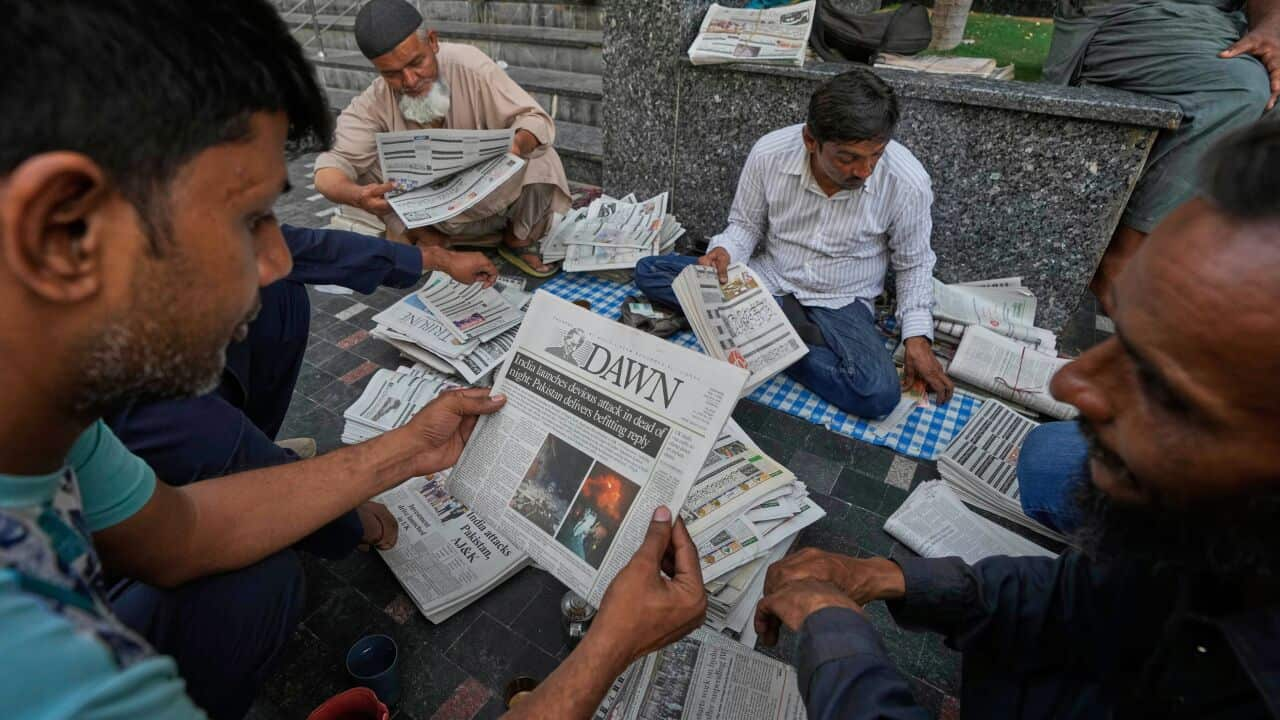Highlights
- The government-funded Breast Screen Victoria is a fully accredited part of the nationwide Breast Screen programme
- Free mammograms are available for anyone aged between 50 to 74
- Eligible women do not need a referral for breast cancer screenings
Ms Singh says in the last ten years of her experience doing mammography in Melbourne, she has seen very few migrant women attend routine breast cancer screenings.
"I work in the Epping, a northern suburb known for its migrant population, especially of Indian origin. I had expected many women would come for breast cancer screenings, but I have not seen active participation from this group ever since I started working as a radiographer in 2005," she says.
Every year October is observed as the breast cancer awareness month.
Talking about the awareness of the disease and the importance of regular screenings, Ms Singh says early cancer detection increases the chance of successful treatment.
"Early detection is pivotal for reducing the mortality rate among women who have breast cancer, and that is the reason the government here has set up free screening programs encouraging more women from all backgrounds to get regular checkups," she says.
Ms Singh says breast cancer screening is a free service funded by the government in which a checkup is done every couple of years for anyone aged between 50 to 74 years.
"Free mammograms are also available for women aged 40 to 49 and over 75, but they do not receive a special notification from the government to attend.
"It only takes 10 minutes for the procedure, and the eligible age group woman don't need any medicare or referral," she says.
Screening & diagnosis
Talking about the modalities used for screening, Ms Singh shares that a mammogram is an x-ray that can detect breast changes that are too small to see with a naked eye. "Ultrasound is complementary to mammography and is part of the initial diagnostic method.
"Ultrasound is complementary to mammography and is part of the initial diagnostic method.

Mammography is an x-ray of breasts. Source: Getty Images
"If the initial results are not conclusive, they can be evaluated with further imaging exams, after which biopsy is done," she explains.
Symptoms
According to Ms Singh, change in breast size or shape, breast pain, lumps, inverted nipples, nipple discharge, thickening of the breast are significant symptoms to look out for.
Risks increase as you age
"Other than genetic factors, many lifestyle factors like weight gain, drinking alcohol or smoking can also cause breast cancer.
"Regardless of age, if any woman has concerning symptoms, they should contact their GP who can refer them to the appropriate service," Ms Singh advises. As per the cancer statistics, breast cancer surpassed prostate cancer in Australia as the most commonly diagnosed cancer in 2019. More than 20,000 new cases are estimated to be diagnosed this year alone.
As per the cancer statistics, breast cancer surpassed prostate cancer in Australia as the most commonly diagnosed cancer in 2019. More than 20,000 new cases are estimated to be diagnosed this year alone.

Estimated most common cancers diagnosed, 2021. Source: Cancer Australia website
For more information on the nationwide program, visit For booking a screening in Victoria, visit
Disclaimer: This article's content and audio are not intended to be a substitute for professional medical advice, diagnosis, or treatment. Always seek the advice of your physician or other qualified health providers with any questions you may have regarding a medical condition.
Click on the player at the top of the page to listen to this interview in Punjabi.







